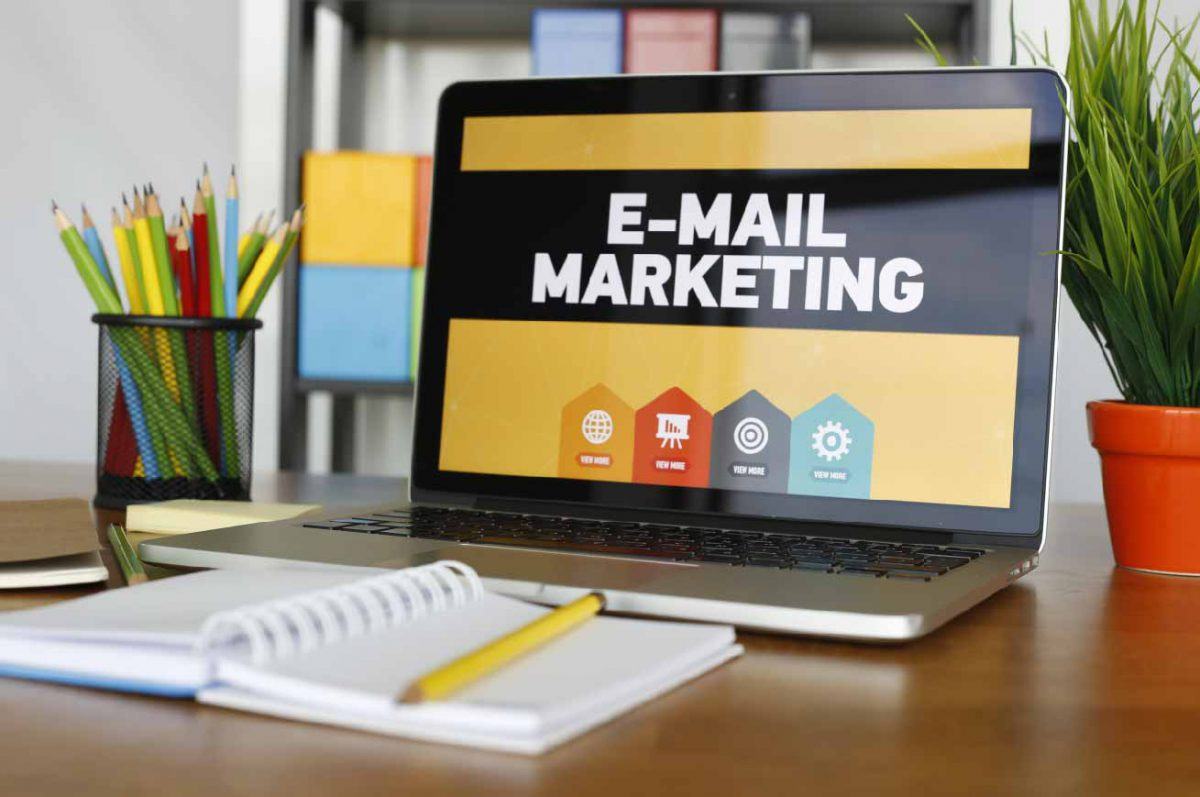Email marketing helps you connect with your audience and increase sales. There are a lot of things that you can do with email such as sell products, share some news or tell a story. Email marketing is a cost-effective way through which a social media agency can communicate something about their brand or sell their stuff. It is also about giving the subscribers a personalized experience that attends their needs. You will also see the maximum ROI when you build and maintain an engaged subscriber list that is made up of people who wish to get your messages.
What is email personalization?
Personalization is an act of directing an email campaign to a specific subscriber by leveraging the data and information you have about them. Personalizing your email campaign is an effective method by which you can increase your open and click-through rates. It can also have a positive impact on your ROI and revenue. Personalized emails are more applicable to subscribers. The subscribers will get an email that is targeted directly at them. This includes their name and shows offers which are pertaining to their individual interests.
Points to consider while running a successful email marketing campaign
- Collecting right data for personalization: Before you start personalizing your emails, you need to collect the right data of your subscribers and customers. Data can be collected in a variety of ways.
- By means of integrations: It is possible to get subscriber data such as location, purchase data, past orders, totally spent by incorporating or integrating your email marketing tool with your CRM.
- Using sign up forms: You need to fill in additional details such as gender, location, birthday, standard income and email address in the sign-up form. Extra details help in creating more personalized and targeted emails.
- Behavioral website tracking: You can track your subscribers’ activities and behavior to collect data about their interests and preferences.
- Group subscribers into various segments
After collecting the required data, you need to group the subscribers into various segments. You need to group the segments with similar interests, purchase histories and traits to send targeted and relevant emails.
- Creating emails suited for an individual subscriber
Create emails that are most suited for each individual subscriber.
Ways of email personalization that every business should follow:
- Add the subscriber’s name in the copy or salutation. This is the best technique and a simple way to build trust for your brand.
- The emails with a subject line that has subscribers name or other information have further chances of getting opened than emails with non-personalized subject lines.
- Personalizing the copy and content of email encourages engagement and loyalty. Relevant and tailor-made content increases the click-through rates of your emails.
How to personalize the content of your emails?
Recommendations: You need to keep an eye on what your subscribers are buying and browsing on your website. This will help you in sending tailor-made emails with suggestions for products and services they might be interested in. When you send, your suggestions based on the recent purchase, there are more possibilities of them buying the recommended products.
Sending different emails: After segmenting your email list based on subscribers past purchase, you need to make sure to send different emails to your regular customers. You can classify your subscribers based on their purchases and send personalized offers and discounts to them. This will help in driving revenue and make your engagement stronger.
Personalization helps in developing meaningful associations with your subscribers. The emails with personalized subject lines are 26% more likely to be opened. The marketers have found a 76% rise in email revenue from the segmented campaigns. The modern tools have helped in making emails personal and more engaging.


